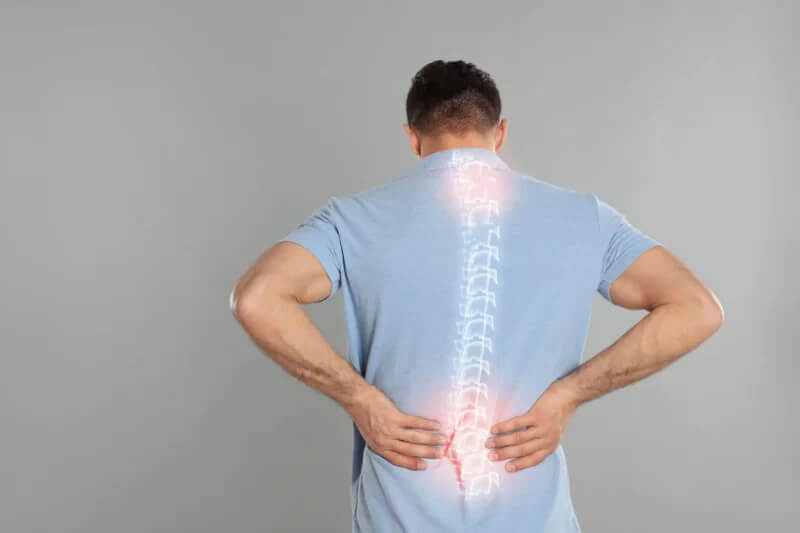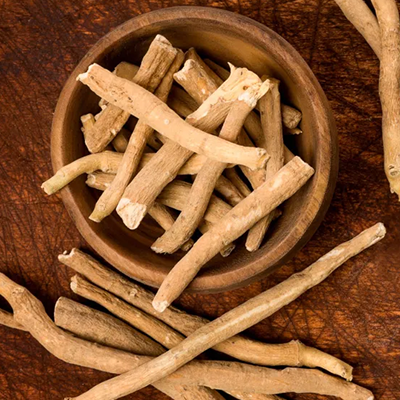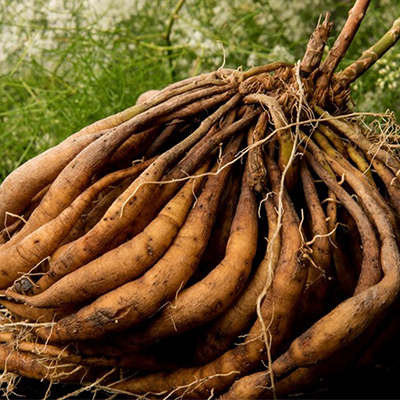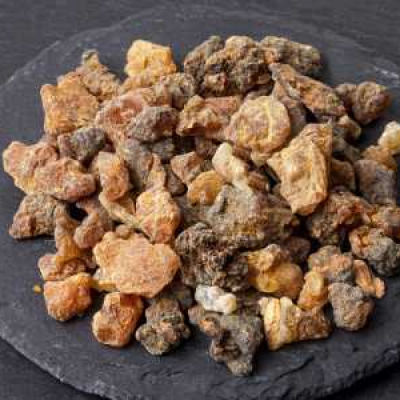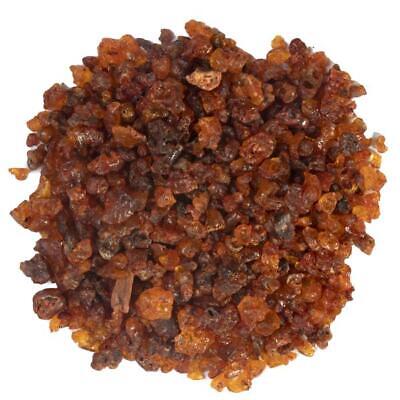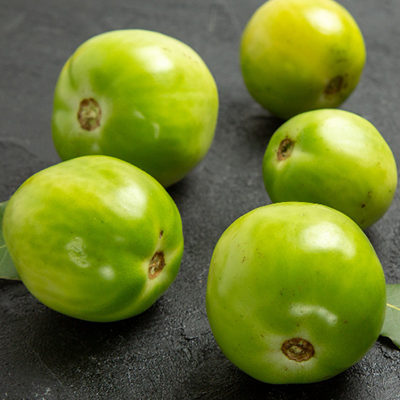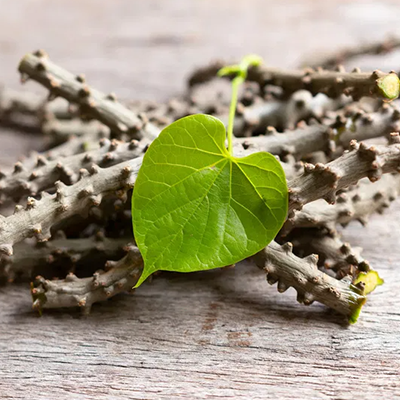Osteoporosis is a systemic skeletal disorder characterized by reduced bone mass, deterioration of bone tissue, and increased bone fragility, leading to a higher risk of fractures. The bones become porous, brittle, and prone to breaking under minor stress. It is often referred to as a "silent disease" because bone loss occurs gradually and without symptoms until a fracture occurs.
Incidence of Osteoporosis in Men and Women
- Osteoporosis is more common in women, especially postmenopausal women, due to a significant drop in oestrogen levels, which are critical for bone density maintenance.
- Women are at a higher risk of vertebral and hip fractures.
- It affects around 1 in 3 women over the age of 50 worldwide.
- Men are less prone to osteoporosis because they typically have larger and denser bones.
- However, bone density declines with age due to decreased testosterone levels.
- About 1 in 5 men over the age of 50 experience fractures related to osteoporosis.
Causes of Osteoporosis
Hormonal Imbalance
- In women: Decline in oestrogen levels post-menopause.
- In men: Decrease in testosterone with aging.
Nutritional Deficiency
- Insufficient calcium and vitamin D intake reduces bone formation.
Lifestyle Factors
- Sedentary lifestyle, smoking, alcohol consumption, and poor diet contribute to bone loss.
Genetic Predisposition
- Family history of osteoporosis increases risk.
Medical Conditions and Medications
- Long-term use of corticosteroids.
- Conditions like hyperthyroidism, rheumatoid arthritis, and malabsorption disorders.
Symptoms of Osteoporosis
Often asymptomatic until a fracture occurs.
Common symptoms
- Fractures: Especially in the spine, hip, or wrist.
- Loss of Height: Due to compression fractures in the spine.
- Back Pain: From collapsed or fractured vertebrae.
- Postural Changes: A stooped or hunched back (kyphosis).
Types of Osteoporosis
Primary Osteoporosis
- Type I: Postmenopausal osteoporosis caused by estrogen deficiency.
- Type II: Age-related osteoporosis in both men and women, typically after the age of 70.
Secondary Osteoporosis
- Occurs due to an underlying medical condition or medication (e.g., glucocorticoids, chronic kidney disease).
Pathology of Osteoporosis
Bone Remodelling Imbalance
- Bone remodelling is a lifelong process involving bone resorption by osteoclasts and bone formation by osteoblasts.
- In osteoporosis, bone resorption outpaces bone formation, leading to a net loss of bone density.
Micro architectural Deterioration:
- Thinning of trabecular (spongy) bone and cortical (dense) bone reduces bone strength.
- Increased bone porosity makes bones brittle and prone to fractures.
Complications of Osteoporosis
Fractures
- Most common in the hip, wrist, and spine.
- Hip fractures often require surgery and can lead to significant disability or death.
- Spinal fractures cause chronic pain and deformities like kyphosis.
Immobility
- Fractures and pain reduce mobility, leading to muscle atrophy and further bone loss.
Chronic Pain
- Spinal fractures can lead to long-term back pain.
Psychological Impact
- Fear of falling and fractures may cause anxiety and depression.
Significance of Osteoporosis
Public Health Concern
- Osteoporosis is a leading cause of morbidity and disability among older adults.
Economic Burden
- High healthcare costs associated with fracture treatment and rehabilitation.
Impact on Quality of Life
- Reduced mobility and independence.
Ayurvedic Perspective of Osteoporosis
In Ayurveda, osteoporosis can be correlated with Asthi Kshaya (deterioration of bones) or Asthi-Majjagata Vata (Vata aggravation affecting bones and bone marrow). It primarily involves an imbalance of Vata dosha along with depletion of Ojas (vital energy) and Asthi Dhatu (bone tissue).
Pathophysiology (Samprapti)
- Aggravated Vata dosha dries up Asthi dhatu, reducing bone density and leading to brittle bones.
- Nutritional insufficiency due to impaired Agni (digestive fire) hampers the nourishment of bones.
Ayurvedic Treatment for Osteoporosis
Panchakarma
- Abhyanga (Oil Massage): Improves bone health by nourishing Asthi dhatu with medicated oils.
- Basti (Medicated Enema): Helps pacify Vata dosha and improve calcium absorption.
- Ksheera Basti: Enema using medicated milk for bone nourishment.
Dietary Recommendations
- Include calcium-rich foods like sesame seeds, milk, almonds, and green leafy vegetables.
- Use ghee and bone-strengthening herbs in meals.
- Avoid cold, dry, and processed foods that aggravate Vata dosha.
Lifestyle Modifications
- Gentle exercises, yoga (e.g., Trikonasana, Tadasana), and sunlight exposure for vitamin D synthesis.
- Avoid smoking, excessive caffeine, and alcohol.
Ayurvedic Formulations
- Praval Pishti (Coral Calcium): Natural calcium supplement.
- Laksha Guggulu: Promotes bone healing.
- Kukkutandatvak Bhasma (Eggshell Calcium): Enhances bone mineral density.
Herbal Remedies
Ashwagandha (Withania somnifera)
Enhances bone strength and reduces Vata imbalance.
Shatavari (Asparagus racemosus)
Supports postmenopausal hormonal balance.
Guggulu (Commiphora mukul)
Strengthens bones and promotes healing of fractures.
Laksha (Laccifer lacca)
Known for its bone-strengthening properties.
Amalaki (Emblica officinalis)
Rich in vitamin C and promotes calcium absorption.
Guduchi (Tinospora cordifolia)
Supports bone remodelling.
Osteoporosis is a serious condition that affects quality of life, especially in the elderly. Ayurveda offers a holistic approach that not only strengthens bones but also restores overall health by addressing the root causes, balancing Vata dosha, and improving digestion and nutrient absorption. Combining Ayurvedic therapies with modern preventive measures like exercise and diet can significantly enhance bone health and prevent complications.


